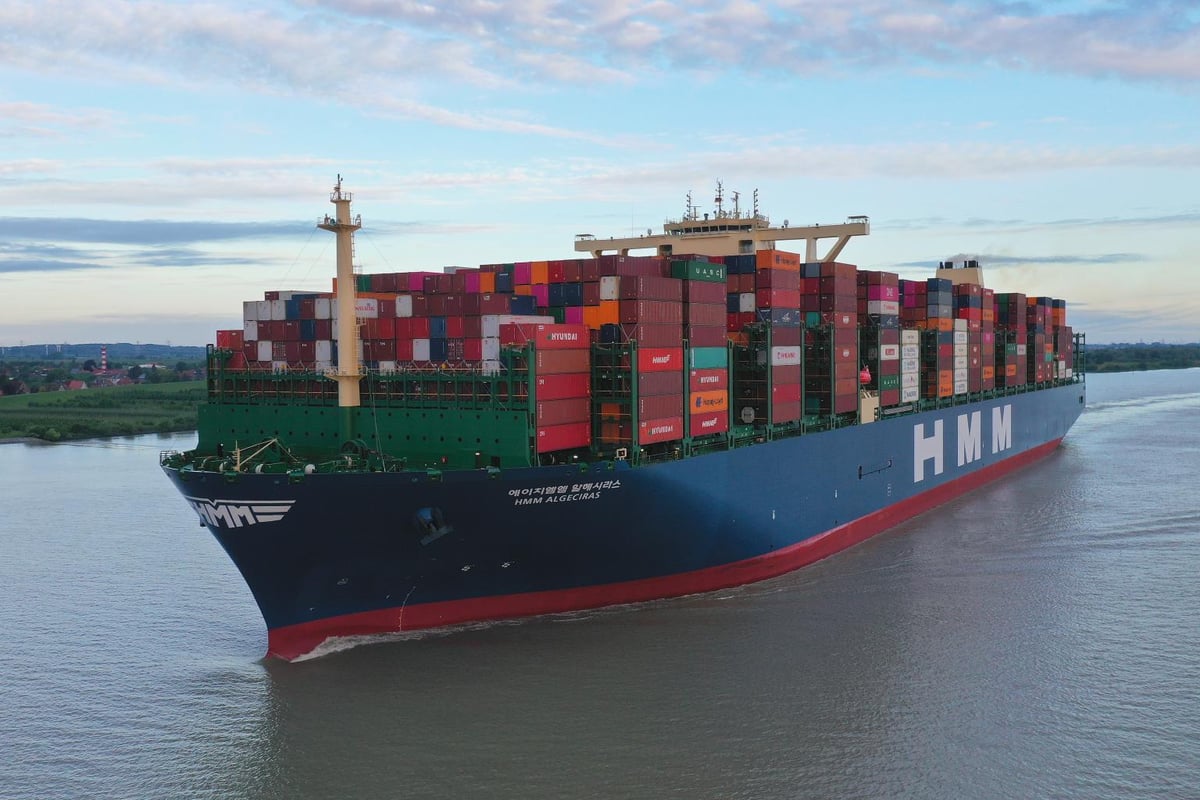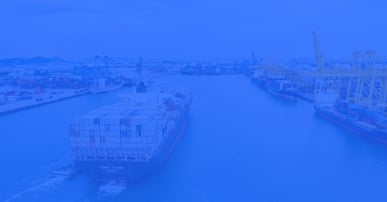The news is mixed these days, but the needle still seems to hover between ‘bad’ and ‘worse’. As the American political demonstrations knocked the corona virus off the news, both overwhelmed the recent spate of American retail bankruptcy announcements. Shipping news seemed somewhat mundane; the big issues seemed to be resolving the crew change issue, HMM’s Algeciras reaching Rotterdam then Hamburg, and the huge Qatari LNG newbuild order for some 100+ LNG carriers.
Lost in last week’s Wall Street’s boom, however, was Bloomberg’s June 4 report that American U.S. trade in goods and services plunged in April to the lowest level in ten years as the pandemic throttled the world’s largest economy.
The US’ April exports plummeted 20.5% from March, with imports tumbling 13.7%. Together, U.S. exports and imports decreased to $352 billion, the lowest since May 2010, Commerce Department data showed. It’s sadder than such iconic retail names as Neiman-Marcus, JC Penny, J Crew, Gold’s Gym, Pier 1, and Hertz have all filed Chapter 11 bankruptcy petitions, and other than Hertz and Gold’s Gym, their demise directly affects shippers, BCO’s and box carriers. The question on the table, then, how are the box carriers reacting to these economic realities, and what has been the effect on rates?
Blanked Sailings
Last week SeaIntelligence Consulting’s Lars Jenson pointed out that the three alliances (2M-THE Alliance-Ocean Alliance) have cancelled 75 voyages Asia-Med-N. Europe for the upcoming 3rd Q, with MSC clarifying the 2M reductions were ‘until further notice’, which seems to indicate these voyages will remain cancelled until demand improves. This follows our friends at The Loadstar’s May news that some 10% of total westbound capacity between Northern Europe and North America east coast has been removed by the carriers.
Lay-Ups
The Wall Street Journal recently reported more than 13% of the global containership fleet has been idled, and quoted Alphaliner that in order to conserve cash and maintain rates, the box carriers have withdrawn vessels with capacity totaling some 3 million TEU’s , with ship brokers saying the 20,000 TEU megamaxes are sailing at less than 50% capacity. While HMM’s Algeciras is garnering all the news as the largest container vessel to call Rotterdam, one wonders where HMM will employ the three other 24,000 TEU newbuilds they’ve taken possession in recent weeks, along with the additional eight megamaxes due between now and September. In view of THE Alliances recent blankings these megas and their cascading consequences, HMM’s megas weigh heavily on box rates.
Rates
Rates remain stronger than expected, but this is due to increased blanking and idled capacity as opposed to cargo volumes.
Xeneta data reveals the following (20’dry box, short term, market average) rates:
| LOOP | May 10, 2020 | June 10, 2020 |
| N.Europe Main - China Main | US $ 1070 | $ 1128 |
| China Main - N.Europe Main | $ 769 | $ 915 |
| US West Coast - China Main | $551 | $540 |
| China Main - US West Coast | $ 1462 | $ 1555 |
| N.Europe Main - US East Coast | $1554 | $ 1519 |
| US East Coast - N.Europe Main | $576 | $ 580 |
By restricting container availability through blanked voyages and idled vessel on the important Asia-Northern Europe-Asia loops, the carriers have been able to avoid the catastrophic Los Angles-Shanghai rates, although shipper anger at missed shipments is an issue that remains to be addressed.
Yet the pandemic is still amongst us, and while various vaccine trials are promising, none have yet been approved. The John Hopkins corona map of 6/6/2020 shows positive case tolls within the US are still trending higher in nearly half the states, with states including Arizona, Arkansas, Texas and Tennessee seeing new case peaks daily. While malls and shops may indeed be reopening, it’s too soon to tell, with some 43 million in the US unemployed, if their confidence will allow them to shop and socialize in the numbers needed that will include shippers getting goods into containers again.
Reuters reported last week on retail industry data showing products such as clothes, luggage, and furniture make up some 15% of container shipments. This means shippers have some hard decisions prior to placing orders next month for holiday and winter merchandise - as do the carriers as they consider more blankings and rollovers in that same important time period.






